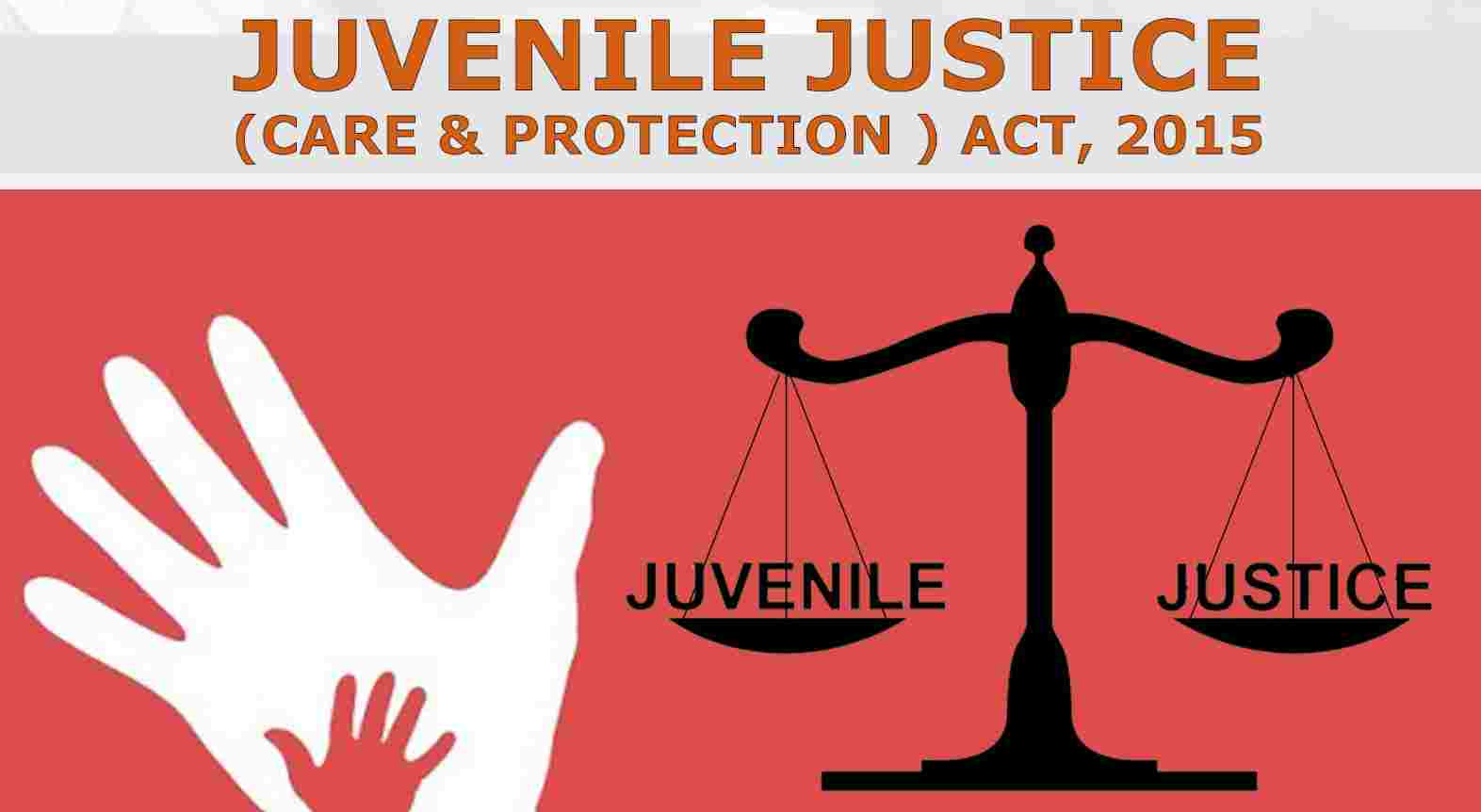
Have you ever wondered what happens when a crime is committed by a child who has not completed 18 years of age? Many of us are unaware of the existing Juvenile Justice (Care and Protection of Children) Act, 2015 (‘the Act) in our country. Before we get into understanding the provisions of this Act, let us have a look at why it has become more important in today’s world to understand this act and know its provisions.
Introduction
- As the Latin maxim says” Nil Novi Spectrum” means there is nothing new on this earth. Similarly, introduction of juvenile justice dates back to 19th century. This law has been prevalent for ages but very few of us are aware of its provisions. The motto behind introduction of this law is to cater to the basic needs of the child in need of care and protection and also who are alleged or found to be guilty of crime through reformative and rehabilitative measures. To begin with let us first understand the definition of the word juvenile / child around which the entire Act revolves. Who is a Juvenile? As per section 2 (35) of The Act, juvenile is a child who has not completed 18 years of age.
Need For Implementing The Act
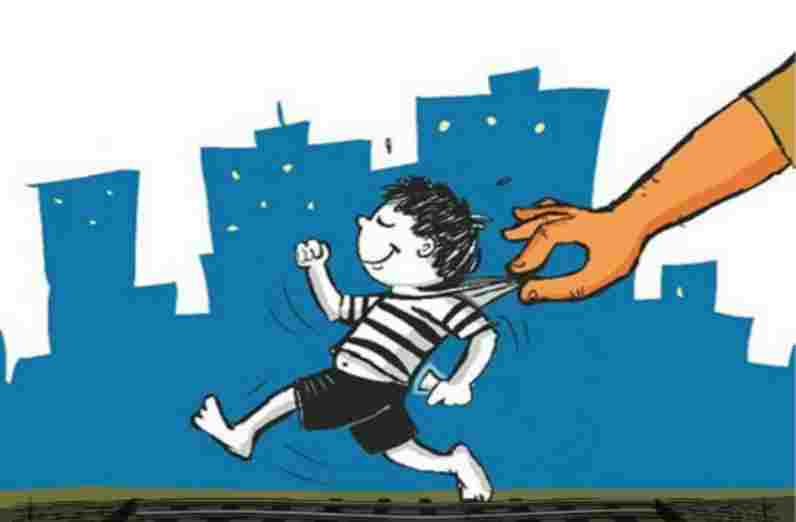
Due to being getting manipulated or influenced easily, inability to understand the implication of one’s act, and also leniency in the punishments it is observed that a child is a soft target used by criminals to commit a crime and also can be subjected to inhuman crimes. Some of the many reasons that a child is introduced or forced to commit a crime are as follows:
- Poverty: When a person has inadequate means to fulfill their demand or has to struggle to meet even their basic needs, the devil of crime sets in the mind as an easy money option for many. Sometimes, parents as a source of additional income, force their children to beg. It is not new, that parents have also sold their children to inhuman trafficking or even in the flesh trade business.
- Social media addictions: Exposure to immature content which is easily available on the internet this day, no proper education or understanding of sex education as society shies away from explaining such concepts, curiosity in the minds of teens who are just entering the adolescent stages are also the main causes of the increase in crime in the age group between 16 to18 years.
- Early life experiences: Some children are exposed to the harsh realities of this world at an early age, which may also divert them on the path of crimes.
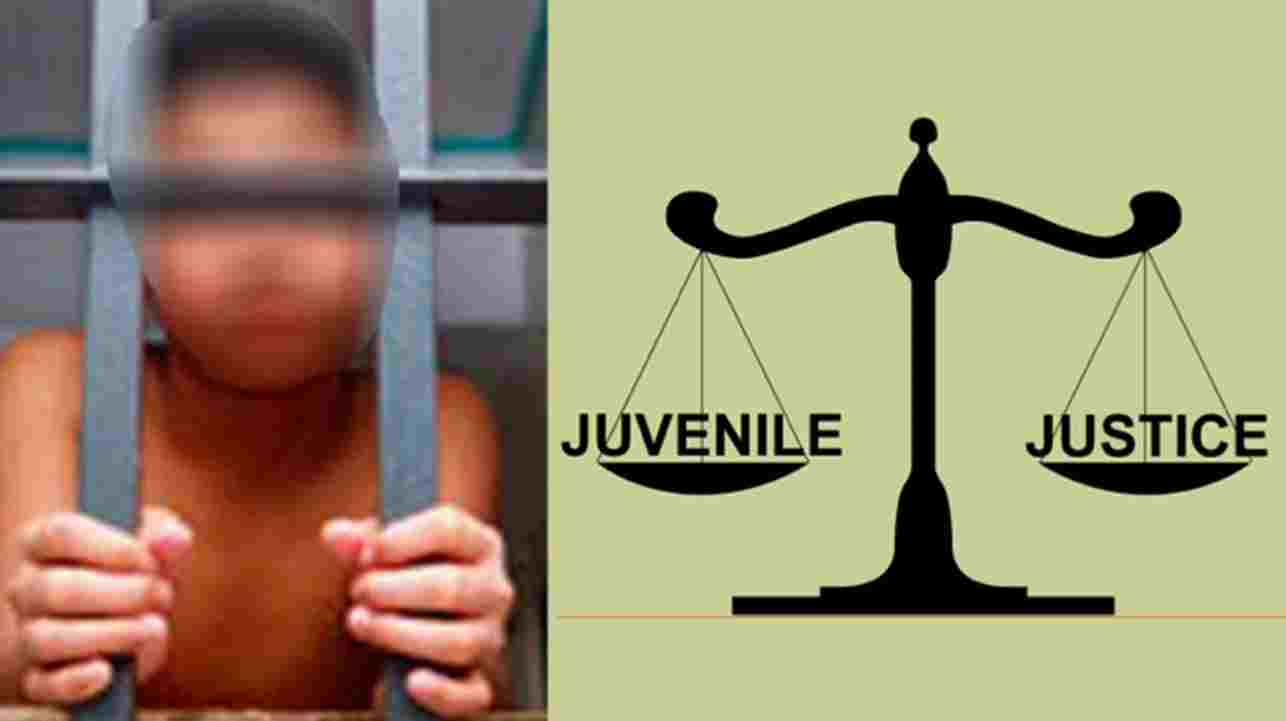
Children at this age need to be treated entirely indifferent manner. They cannot be punished as an adult and their punishments should be in a reformative way which could in the future give them a chance to lead a normal human life. It is in this backdrop, that the need for the introduction of law related to crimes committed by such juveniles is always felt. In 2012, the entire country was shocked by the Nirbhaya Gang Rape case and what was even more shocking was the fact that a juvenile was one of the accused in this case. Earlier, also India had the Juvenile Justice (Care and Protection of Children) Act, 2000 but it had some major drawbacks and was used by many as grounds for escape due to its limitations. An alarming need to revamp this law came into the picture after the Nirbhaya incident and a new Juvenile Justice (Care and Protection of Children) Act, 2015 was enforced. The main amendment to this Act is that a child in the age group of 16-18 years who are involved in a heinous crime can be treated as an adult in the Trial of offenses and to adopt a universal adoption law in India.
The other important aspect of this Act, provisions relating to the adoption of orphans, surrendered or abandoned children to ensure that the child gets the required care and protection and the right to family is not affected in any manner. In the adoption process, the important factors considered by the Court before giving its approval are:
- Adoption is in the interest of the welfare of the child
- Due consideration to the child’s wishes is given irrespective of the age of adoption.
- The prospective adoptive parents are financially stable, mentally alert, and physically fit to give a proper upbringing to the child that it deserves.
- The statistics of the number of adoption cases in India both in the country and outside country for the last five years can be understood from the following chart.

- It can be inferred from the above representation that, the number of children adopted in the country far exceeds the number of children given on adoption abroad.
State Wise Representation Of Crime Committed By Juveniles
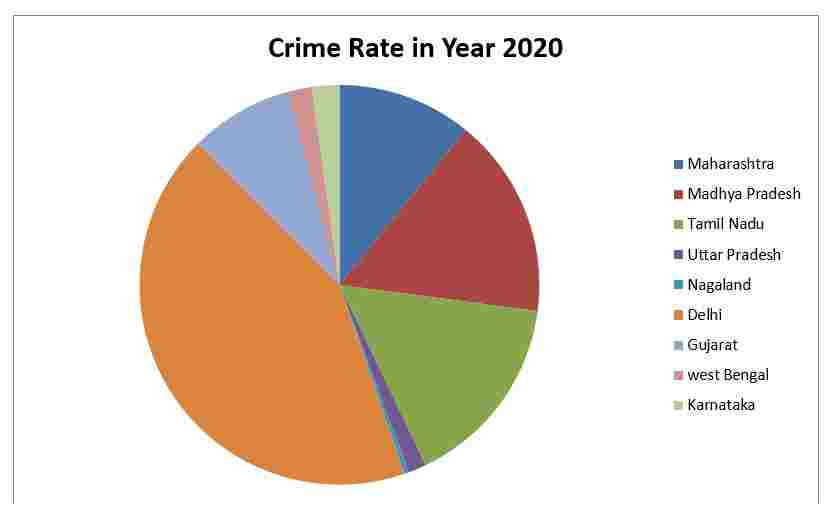
- It can be inferred from the above diagram that, the Union Territory of Delhi has the highest number of juveniles in conflict with the law followed by the State of Madhya Pradesh. The state of Nagaland has less number of child offenders.
Offences And Punishments As Prescribed In The Act
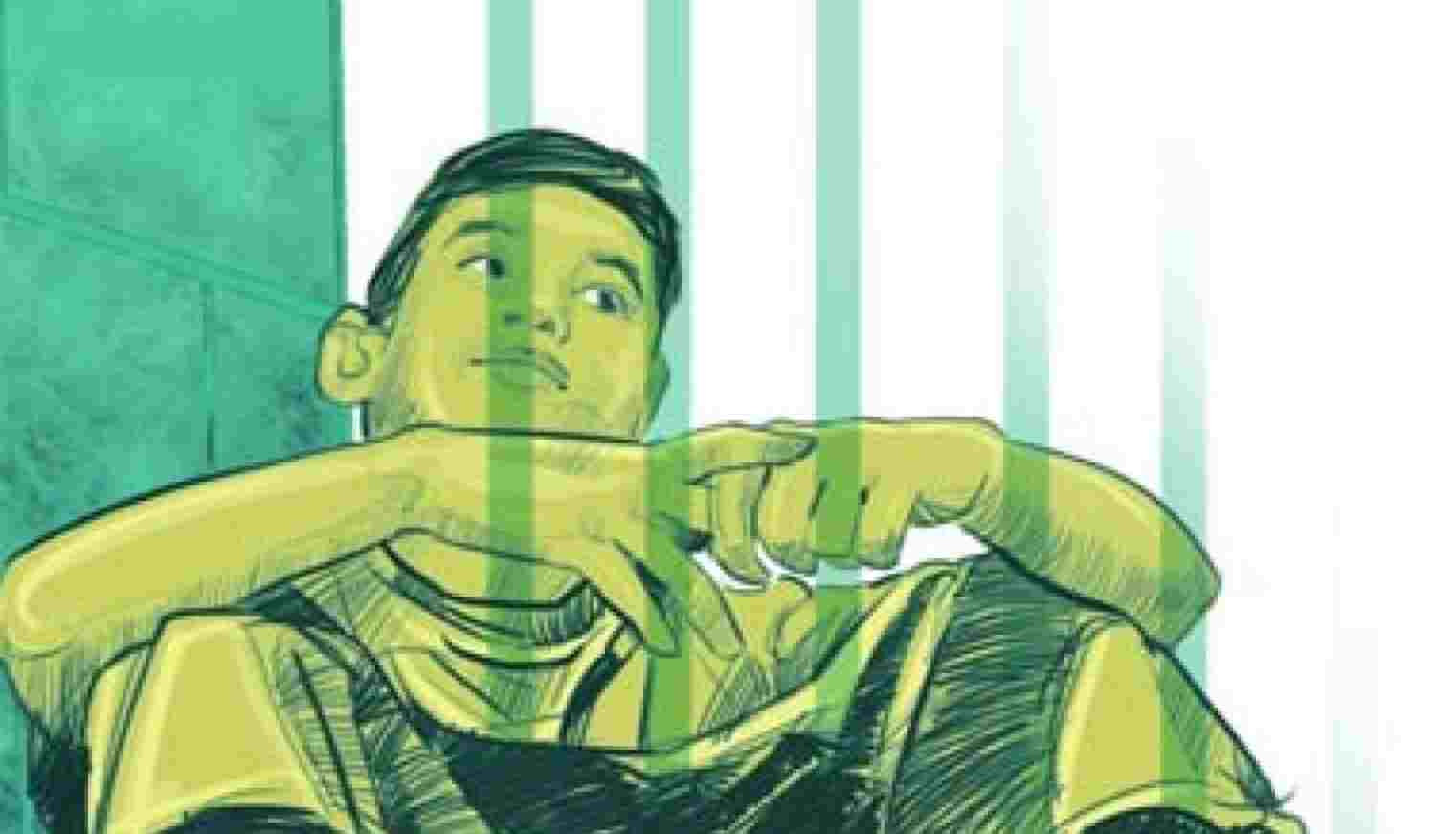
| Sr. No. | Offences | Punishment of imprisonment | Monetary Penalty(Rs.) |
| 1 | Disclosure of identity of child related to the offence directly or in an indirect manner | Six months | Two lakh |
| 2 | Non-registration of Child care institutions | Up to one year | One Lakh |
| 3(A) | Person employed or in charge of managing the institution guilty of subjecting the child to cruelty | Rigorous imprisonment up to five years | Five Lakh |
| (B) | If the child develops any physical deformity due to this cruelty | Rigorous imprisonment of not less than three years to ten years | Five Lakh |
| 4(A) | A child is employed or used for begging | Five years | One lakh |
| (B) | Child is physically hurted or amputated for begging purpose | Rigorous imprisonment between seven to ten years | Five lakh |
| 5 | Use of child by any militant group or for any illegal purpose by an individual or a gang | Rigorous imprisonment up to seven years | Five Lakh |
| 6(A) | Corporal Punishment by person in charge of the child care institution to discipline the child (First time) | – | Ten thousand |
| (B) | Subsequent offence | Three months | Fine |
| 7 (A) | Selling or buying a child | Five years | One lakh |
| (B) | If the offence is committed by the nursing home or maternity home or any of the employee of hospital | Between three to seven years | |
| 8 | If adoption procedures are not followed as provided in the Act | Three years | One lakh |
| 9 | Exploitation of a child employee | Rigorous imprisonment up to five years | One Lakh |
| 10 | Intoxicating or using a child as drug carrier | Rigorous imprisonment up to seven years | One Lakh |
| 11 | Specialised adoption agency fails to comply with the procedure framed under this act | – | Fifty Thousand |
| 12 | Not reporting of a child who is abandoned, lost or who seems to be an orphan to Childline Services or Child welfare Committee | Six months | Ten Thousand |
Constitution Of Different Bodies Under The Act And Their Power And Responsibilities
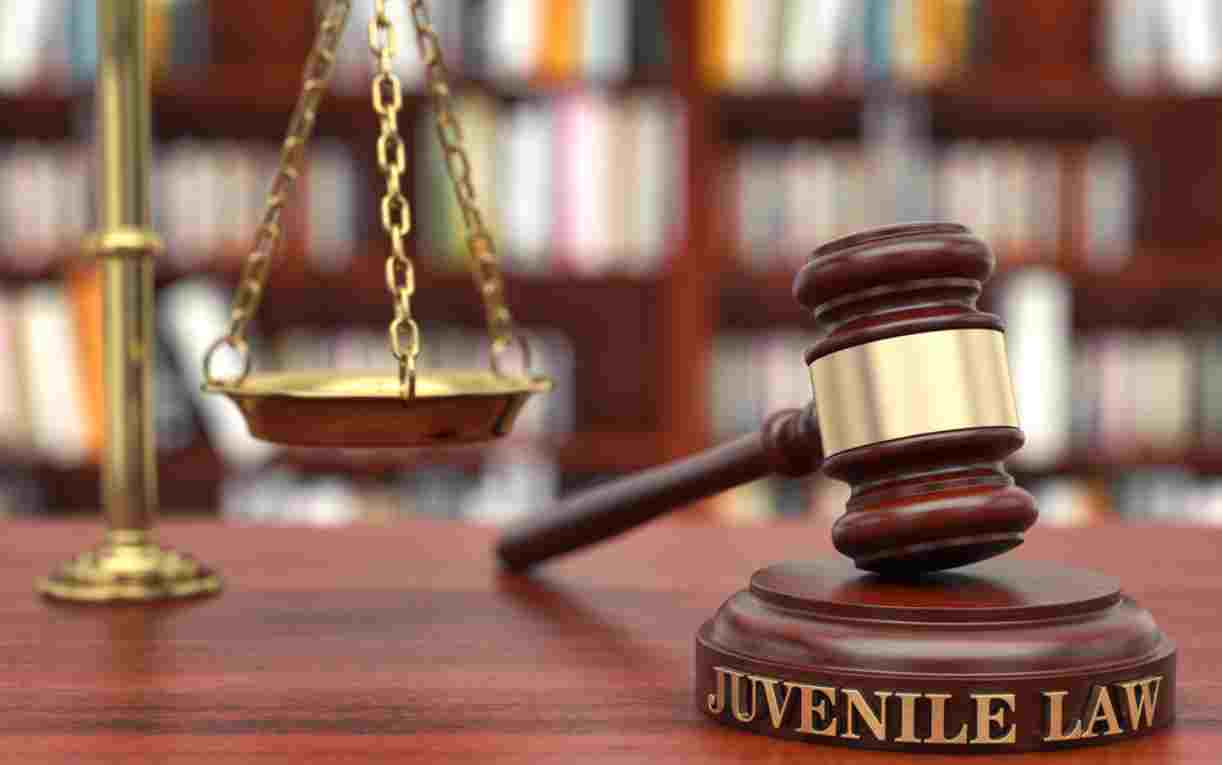
- To ensure the proper functioning of the Act, the following bodies are constituted:
1. Juvenile Justice Board:
A Board shall constitute of Metropolitan Magistrate or a Judicial Magistrate of the First Class with at least three years of experience and two social workers. The proceedings of the Board shall be completed in a simple manner wherein every child brought before it should be given an opportunity of being heard and the Board shall satisfy itself that the juvenile is not subjected to any kind of inhuman treatment or harassment. In case of a heinous offence alleged to be committed by a child who is between 16 to 18 years of age, the Board shall conduct a preliminary assessment of the different circumstances under which the crime was conducted. The reports of such assessment are to be submitted to the Children’s Court.
2. Children’s Court:
On the basis of this report, the Children’s Court shall decide whether the alleged offender can be tried as an adult or not. The Court shall ensure that the final order shall have the entire program of the rehabilitation of the child along with follow-up with the agency in whose care and protection the child will be placed.
3. Child Welfare Committee (CWC):
The State Government shall constitute CWC in each district for the care, protection, development, and rehabilitation of the juvenile, and also that each member of this committee is provided with two months of adequate training and induction. The CWC shall constitute a Chairperson and four other members one of whom shall be a woman and another one to be an expert. The committee has exclusive powers on all the procedures relating to children in need of care and protection.
4. Child welfare Police Officer and Special Juvenile Police Unit:
In every police station, there should be an officer not below the rank of assistant sub-inspector who is trained appropriately to deal with a child who is either a victim or an offender himself.
Each city and district should have a Special Juvenile Police Unit formed by the State Government headed by a Deputy Superintendent of Police or above and two social workers with experience in the field of child welfare, one of whom should be a woman.
5. State Child Protection Society and District Child Protection Unit:
Every State Government shall constitute its body with as many officers and employees as it may find necessary for the proper implementation and smooth functioning of the provisions of this Act.
6. Foster Care:
Foster families are the families where biological parents or adoptive parents of the child are not included. These families are responsible to provide the child with care, education, and development opportunities. Foster families are selected on the criteria of financial stability, their intent to provide for the overall wellbeing of the child, and their prior experiences. A child can be kept under foster care for such a period as the State Government may deem fit.
7. Observation Homes:
They are maintained by the State Government for the temporary care, rehabilitation, and of a child during the pendency of the inquiry.
8. Special Homes:
They are maintained for the rehabilitation of the child who has committed an offence and is ordered to be placed there by the Juvenile Justice Board.
9. Children’s Home:
These are maintained by the State Government for the care, treatment, education, training, development, and rehabilitation of a child in every district either by non-governmental organizations or through itself.
10. Place of safety:
These are set up to place an offender child who is between the age group of sixteen to eighteen years or has completed eighteen years of age and is guilty of a heinous crime.
11. Fit Facility:
The Child Welfare Committee shall recognize any non-governmental organization as a facility center to keep the child temporarily after the inquiry for a special purpose.
12. Specialized adoption agency:
Every State Government shall recognize one or more institutions as a Specialised adoption agency to comply with the adoption procedure framed under the act for the rehabilitation of orphan, surrendered, or abandoned children for their care and protection. Such agency should be inspected at least once a year by the State Government. The main responsibility of the agency is to provide a detailed home study report on the prospective parents who have opted for the adoption of the child.
Reformatory Measures Prescribed For The Juvenile Delinquent

- The act provides for the correctional homes to such juvenile like foster care, place of safety, observation homes. These institutions are established and maintained by the State Government in every district to provide care and protection of the juvenile. The main aim of these institutions is to make the juvenile understand the seriousness of the crime committed and to make them acceptable in society without any hesitation of their past life experiences. This is achieved by teaching, training and developing their skills so that they are capable of being employed and thus be financially independent. Many non- governmental organisations work hand in hand with the government so that a juvenile is able to lead a normal respectable life in the society.
Criticism – On Formulation And Implementation Of Act
- “The Bill violates the United Nations Standard Minimum Rules for the Administration of Juvenile Justice, 1985 or the Beijing Rules which require a child or a young person accused of an offence to be treated differently from an adult. It also violates the United Nations Rules for the Protection of Juveniles Deprived of their Liberty, 1990.” This point of criticism was raised by Former diplomat and UN under-secretary, Congress MP Shashi Tharoor. Further, definition of term heinous crime may differ from case to case and so treating a child as an adult in trial is not fair in the judicial approach. It also increases the chances of them becoming hardened criminals in near future with less or no educational opportunities which in turn defeats the entire purpose of the legislation. Establishment of various agencies and maintenance of them as per the prescribed provisions of the act is also questionable.
Top 13 Interesting Facts About Juvenile Justice Act
All the reports or documents related to a child who might be a victim or an offender should be treated with the utmost confidentiality and under no circumstances the identity of the child should be revealed in any manner.
For any of the offences committed under this Act, the child with a disability will be liable for twice the penalty.
A single male is not eligible to adopt a girl child.
When a couple decides to adopt a child, the consent of both the prospective parents is needed.
The act is formulated on the lines of United Nations Standard Minimum Rules for the Administration of Juvenile Justice, 1985 and United Nations Rules for the Protection of Juveniles Deprived of their Liberty, 1990.
The first Juvenile Court was established in Chicago in the year 1899.
The Supreme Court of the United States has declared that there is no capital punishment for a child who has not completed 18 years of age.
Juvenile Justice (Care and Protection of Children) Act, 2015 has been passed by replacing the earlier Juvenile Justice (Care and Protection of Children) Act, 2000.
Offences committed by the juvenile are classified into three types: (a) serious offence (b) heinous offence and (c) petty offence.
The Juvenile Justice (Care and Protection of Children) Bill, 2015, was introduced by Maneka Gandhi, then Minister of Women and Child Development.
The state of Madhya Pradesh has the highest juvenile crime rate in India.
There cannot be joint proceedings between a child who is alleged of an offence and of an adult. In other words, a juvenile cannot be tried jointly in a proceeding with an adult.
Under no circumstances can a juvenile shall be placed in the police lock-up or lodged in jail and within twenty-four hours shall be placed under the charge of the Special Juvenile Police Unit of Designated Child Welfare Officer.







